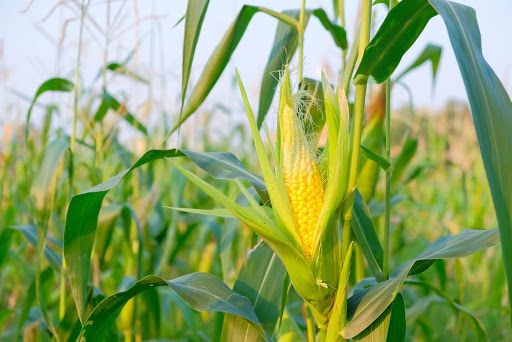In Mexico, 70% of soils show some type of physical, chemical or biological degradation, according to data from the Mexican federal government.
Therefore, the government assesses that this degradation threatens the capacity to produce food, fodder and fiber, as well as to retain and filter water.
On the other hand, soils have a high potential to sequester carbon; they store twice as much carbon as the atmosphere.
To this end, the Ministry of Agriculture has set out to make soils visible both with society and with the national political agenda.
In 2019, the Agriculture Promotion Program was implemented, with the Soil and Water Productive Improvement Component, which aims to contribute to the efficient use, conservation and improvement of soil and water resources associated with agriculture, through incentives related to technologies and good agricultural practices.
This program targets small and medium-sized producers involved in primary agricultural activities. It includes two types of incentives designed to promote soil conservation and sustainable use.
Mexico has provided 122.7 million pesos in 2019 for fertilizer-related expenses.
Soils
In 2019, the Mexico Fertilizer Program contemplated the granting of in-kind support, consisting of 450 kilos of fertilizer per hectare, not to exceed a maximum of 3 hectares per producer.
The requirements to be met by the beneficiaries are as follows:
- Be small producers according to the classification developed by FAO; specifically, belong to the so-called strata E1 and E2 according to the Diagnosis of the Rural and Fishing Sector 2012 in Mexico carried out by FAO, whose definition is presented below:
- Stratum E1: Subsistence family farming with no market linkage; its main feature is that it has no income from sales or only makes sporadic sales of unplanned surpluses, since the objective of its production is not the market.
-
Stratum E2 represents family subsistence agriculture with market linkage. It is characterized by small-scale production, with annual primary product sales not exceeding $55,200.00 pesos (approximately 2,638 USD). Additionally, these households often engage in non-agricultural enterprises on a smaller scale and offer salaried labor services to supplement their family income.
- Be located in localities with high and very high levels of marginalization, giving priority to the states of the South-Southeast Region.
- Dedicate themselves to the production of corn, beans or rice.

